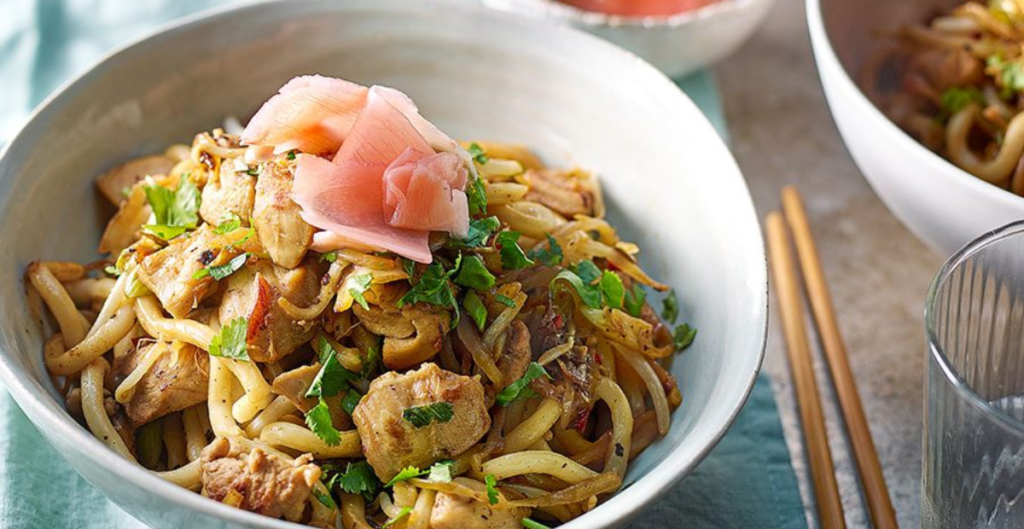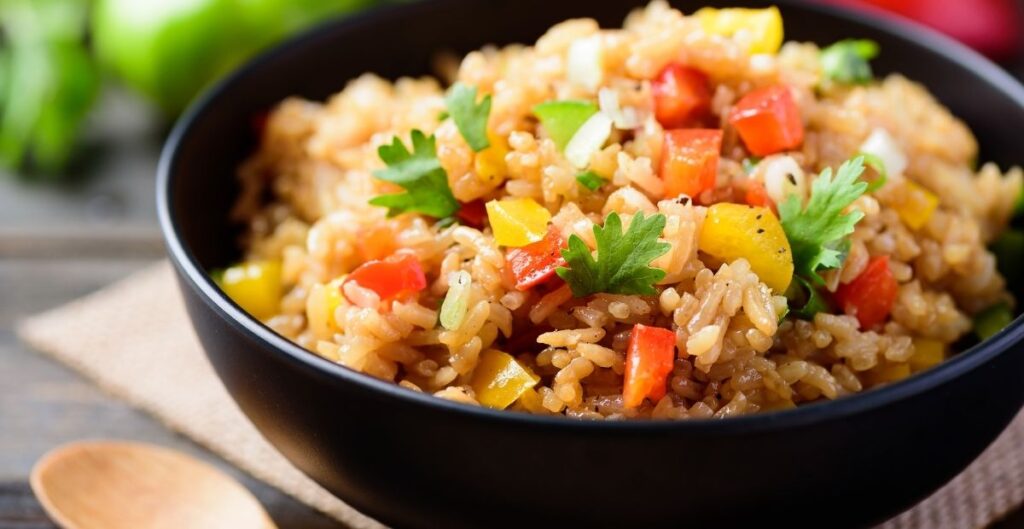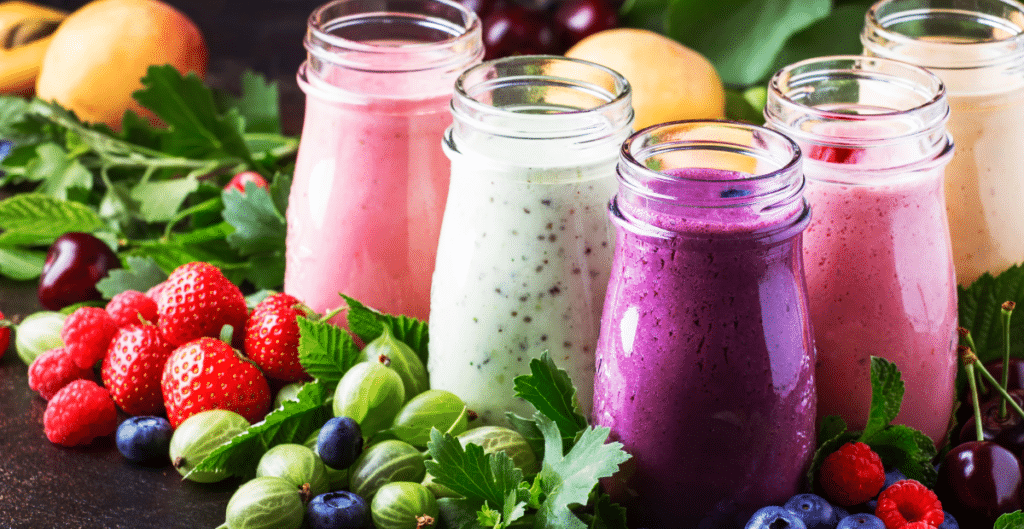Are you aiming to reduce your fat intake while still enjoying nutritious and flavorful meals? A low-fat diet can help you achieve this goal. In this article, you’ll find a detailed 100 low-fat diet food list, which will make it easy to plan meals and snacks that are delicious and healthy.
What is a Low-Fat Diet?
A low-fat diet focuses on reducing the intake of fat, especially unhealthy saturated and trans fats. By following this diet, you can maintain your health, lower cholesterol levels, and even lose weight.
Understanding Fats
Types of Fats: Good vs. Bad Fats
-
- Good Fats: These include unsaturated fats found in nuts, seeds, and fish.
-
- Bad Fats: Saturated and trans fats, commonly found in fried foods and fatty cuts of meat, should be limited.
Why You Should Limit Fat Intake
High fat consumption can lead to weight gain, heart disease, and other health problems. A low-fat diet can help you avoid these risks.
100 Low-Fat Diet Foods
Here is a complete list of 100 low-fat foods to include in your diet. This will help you prepare meals that are healthy and satisfying while keeping fat intake to a minimum.
Vegetables (Naturally Low in Fat)
-
- Spinach
-
- Kale
-
- Broccoli
-
- Cauliflower
-
- Bell peppers
-
- Carrots
-
- Zucchini
-
- Cucumbers
-
- Green beans
-
- Asparagus
-
- Celery
-
- Lettuce
-
- Cabbage
-
- Radishes
-
- Mushrooms
-
- Tomatoes
-
- Onions
-
- Beets
-
- Eggplant
-
- Leeks
Fruits (Low-Fat and Nutrient-Dense)
-
- Apples
-
- Oranges
-
- Strawberries
-
- Blueberries
-
- Grapes
-
- Watermelon
-
- Peaches
-
- Pineapple
-
- Papaya
-
- Kiwi
-
- Plums
-
- Raspberries
-
- Blackberries
-
- Mango
-
- Pears
-
- Cherries
-
- Pomegranate
-
- Grapefruit
-
- Bananas
-
- Cranberries
Grains and Legumes (Healthy and Low in Fat)
-
- Quinoa
-
- Brown rice
-
- Oats
-
- Barley
-
- Whole wheat bread
-
- Bulgur
-
- Couscous
-
- Millet
-
- Rye
-
- Buckwheat
-
- Lentils
-
- Black beans
-
- Chickpeas
-
- Kidney beans
-
- Split peas
-
- Edamame
-
- Navy beans
-
- Green peas
-
- Pinto beans
-
- Lima beans
Lean Proteins (Low-Fat Sources of Protein)
-
- Chicken breast (skinless)
-
- Turkey breast (skinless)
-
- White fish (cod, haddock)
-
- Shrimp
-
- Crab
-
- Lobster (without butter)
-
- Egg whites
-
- Tofu
-
- Seitan
-
- Tempeh
Dairy and Dairy Alternatives (Low-Fat Options)
-
- Skim milk
-
- Low-fat yogurt
-
- Low-fat cottage cheese
-
- Low-fat ricotta
-
- Greek yogurt (non-fat or low-fat)
-
- Almond milk (unsweetened)
-
- Soy milk (unsweetened)
-
- Oat milk (unsweetened)
-
- Low-fat mozzarella
-
- Parmesan cheese (in moderation)
Low-Fat Snacks
-
- Air-popped popcorn
-
- Rice cakes
-
- Carrot sticks
-
- Celery with hummus
-
- Sliced cucumber with lemon
-
- Apple slices with a sprinkle of cinnamon
-
- Frozen grapes
-
- Mixed berries
-
- Sugar snap peas
-
- Low-fat granola
Beverages (Low in Fat)
-
- Water
-
- Green tea
-
- Black coffee (without cream or sugar)
-
- Herbal teas (unsweetened)
-
- Coconut water (unsweetened)
-
- Sparkling water (unsweetened)
-
- Lemon water
-
- Almond milk (unsweetened)
-
- Skimmed milk
-
- Vegetable juice (without added sugar)
Vegetables and Low-Fat Diet
Best Low-Fat Vegetables to Include in Your Diet
Vegetables are some of the best foods to include in a low-fat diet due to their high nutritional content and low-calorie count. Vegetables like spinach, kale, and broccoli provide vitamins, minerals, and antioxidants.
Nutritional Benefits of Vegetables
Vegetables help with digestion, improve heart health, and lower blood pressure. Incorporating a variety of veggies into your diet ensures you get a wide range of nutrients.
Fruits for a Low-Fat Diet
Top Fruits That Are Naturally Low in Fat
Fruits like apples, strawberries, and oranges are perfect for a low-fat diet because they are nutrient-dense, hydrating, and packed with fiber. These fruits also help satisfy sweet cravings.
How Fruits Support Weight Management
Fruits are naturally low in calories and high in water content, making them a great choice for anyone looking to manage their weight without sacrificing flavor.
Grains and Low-Fat Diet
Whole Grains vs. Refined Grains
Whole grains, such as brown rice and quinoa, provide more fiber and nutrients than refined grains. They are great sources of energy without the excess fat. You can review the diet plans like 7 Diet Rice Diet or 7 Day Smoothies Weight Loss Diet plan, or Download Free Carb Cycle Diet Plan PDF.
Low-Fat Grains to Add to Your Meals
Grains like oats, barley, and bulgur are excellent choices for low-fat meals. They are filling and can be combined with vegetables and lean proteins for a balanced diet.
Lean Proteins
Low-Fat Protein Sources: Meat, Poultry, and Seafood
Opt for lean meats like chicken breast or seafood like shrimp to ensure you’re getting enough protein without the added fat. These options help you maintain muscle mass while losing fat.
Vegetarian Low-Fat Protein Options
For vegetarians, protein sources like tofu, tempeh, and legumes provide the necessary nutrients while keeping fat intake low.
Dairy Products and Low-Fat Choices
Skim Milk, Yogurt, and Low-Fat Cheese
Choosing low-fat versions of dairy products, such as skim milk and low-fat yogurt, can help keep your fat intake within a healthy range while still providing calcium and protein.
Non-Dairy Low-Fat Alternatives
Non-dairy options, like almond or soy milk, offer great low-fat alternatives for those who are lactose intolerant or prefer plant-based diets.
Low-Fat Snacks
Healthy Snack Ideas to Keep You Satisfied
Instead of reaching for chips or other high-fat snacks, try air-popped popcorn, carrot sticks, or rice cakes for a healthy and satisfying snack that won’t derail your low-fat goals.
Beverages and Low-Fat Options
Drinks That Are Naturally Low in Fat
Water is your best bet for hydration, but you can also enjoy beverages like green tea, black coffee, and unsweetened almond milk.
Hydration and Weight Loss
Staying hydrated helps control hunger and boost metabolism, which is essential for weight management.
Conclusion
A low-fat diet doesn’t mean depriving yourself of delicious meals. With the 100 low-fat diet foods listed above, you’ll be able to create balanced, nutritious, and satisfying meals. Incorporate these foods into your daily routine, and you’ll see improvements in your overall health and well-being.



